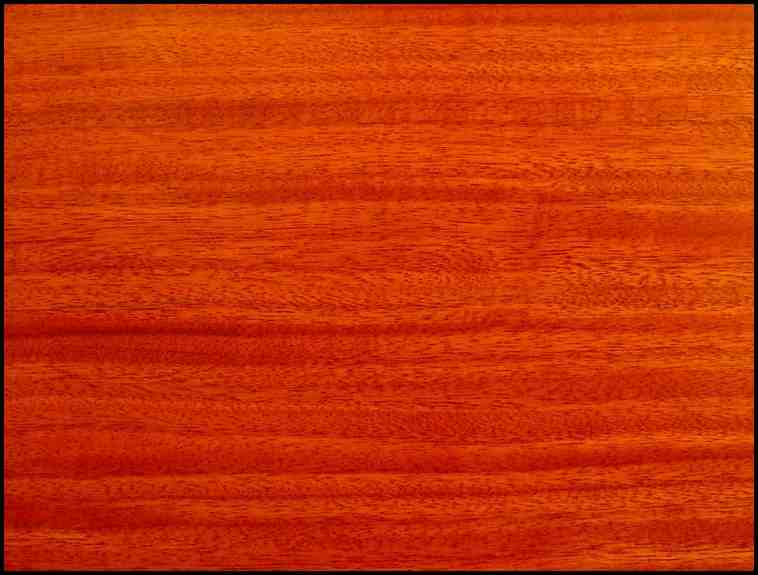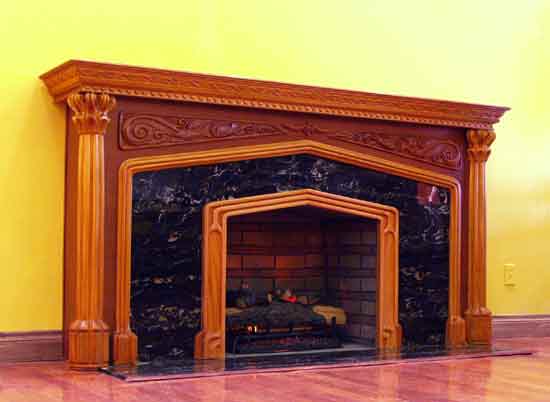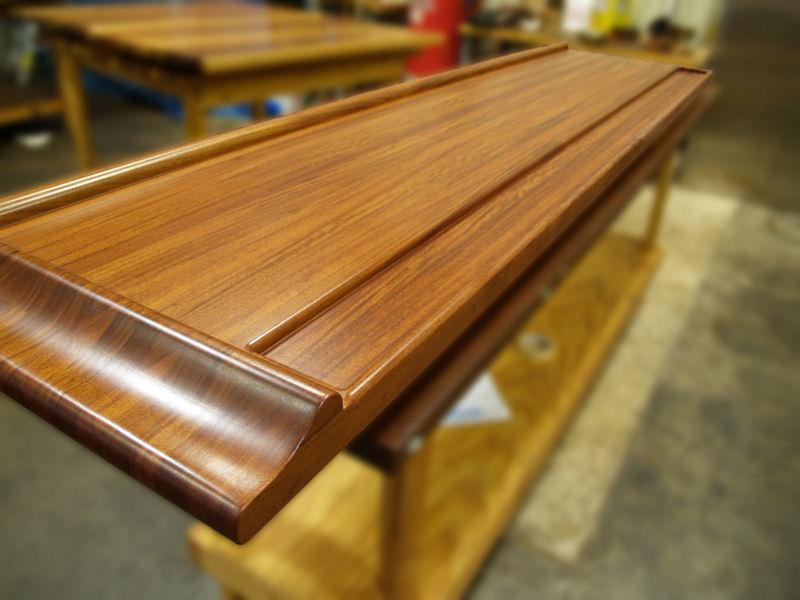Nothing inspires a woodworker like working with a fine, easy to work with timber that polishes up to a gorgeous piece of furniture. And, high on that list of most desirable woods is mahogany.
Its popularity was its undoing, as overharvesting of true mahoganies has lead to the search for a replacement for this very popular wood. Sapele is one species which has stepped in as a mahogany substitute, as has Philippine mahogany.
Another awesome substitute not to be overlooked is santos mahogany. This species – Myroxylon balsamum – is a very tall tree which can reach to heights of up to 100’ feet tall, with a wide trunk of up to 3’ feet wide. Santos Mahogany is a native tree to the Central America and South America areas in such countries as Peru, Brazil, Mexico and Guatemala.
The tree’s wood gives a very sweet and spicy aroma when cut due to the large amount of resin – known as balsam of Peru – which it contains. This is used in perfumes and natural medicines.
The wood is dark brown with a deep red heartwood. It has a very fine grain – just like other mahoganies, making it great for woodworking projects that need to be polished to a very lustrous finish. The one word of caution is that – like sapele – the grain is interlocked, which could lead to issues when planing and surfacing. Very sharp tools with very light passes are the order of the day.
Another thing you will notice about santos mahogany is just how darned hard the stuff is. It’s janka score comes in at 2200… putting it nearly as hard as hickory, and considerably harder than bubinga (1980), purpleheart (1860) and hard maple (1450) – making it a good choice for flooring. Carbide tools should have no issue with santos mahogany, but hand tool edges may need to be honed quite frequently while working with it.
Natural oils grant it excellent decay resistance – so, it could work for some outdoor furniture. As with other tropical woods, these oils have been known to cause allergic reactions. Although severe reactions are quite uncommon, it cause skin and respiratory irritation. So, be sure to use a dust mask and good dust collection when working with it.
The furniture is definitely something to behold. Crisp detail stands out prominently and the strong color and fine grain create a classic, timeless feel to the pieces. You might just find that santos mahogany becomes one of your favorite woods.




Thanks for this information. Your work is beautiful, and the finish work is outstanding.
I am getting ready to stain an African mahogany table that I have built, and I would like the finish to look just like the bar. I have never finished mahogany and I need some help. (I have finished walnut, birch, and cherry.)
Will you please tell me what you used to finish the bar? (Please tell me specifically which products you used.)
1) Did you sand to 220, 320, 400? By hand or with a sander?
2) Did you use dye or pigment stain? What brand/color?
3) Did you seal the surface with a wash coat of shellac or sanding sealer or lacquer sealer? Did you seal it before the dye/stain, and did you seal it after the dye/stain was applied?
4) What did you apply for a top coat? (Waterlox, polyurethane, sprayed lacquer, other?)
Thanks for your help.
Thanks, but I can’t take credit for the finish… However, I can let you know how I have finished mahogany in the past.
1) First, you wanna sand it. I usually take mahogany up to 220 at first.
2) I then cover the wood with a 1 pound cut of dewaxed shellac.
3) I sand that shellac layer back with 400 grit paper. This gets a nice, smooth grain.
4) If I do want to unify the colors, I will go with a gel stain… gives me control over how much gets on the wood. I will wipe it off.
5) From there, I will top it off with a mix of 1/2 poly, 1/4 boiled linseed oil and 1/4 mineral spirits. I rag this coat on.
So far, the recipe has yet to fail me